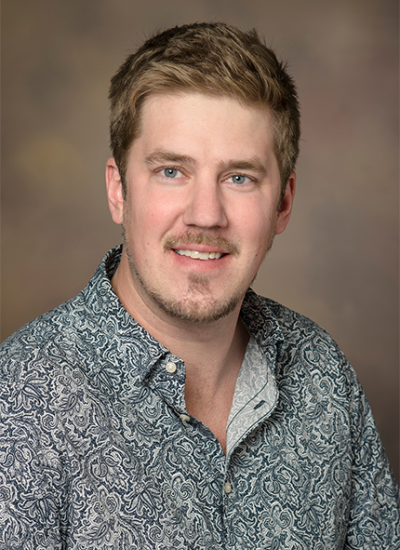Muscular system
Samantha Harris
Work Summary
The long-term goal of research in my lab is to understand the molecular mechanisms of muscle contraction. I am especially interested in how contractile proteins of muscle sarcomeres regulate the force and speed of contraction in the heart. The question is important from both basic science and clinical perspectives because mutations in sarcomere proteins of muscle are a leading cause of hypertrophic cardiomyopathy (HCM), the most common cause of sudden cardiac death in the young and a prevalent cause of heart failure in adults. Myosin binding protein-C (MyBP-C) is a muscle regulatory protein that speeds actomyosin cycling kinetics in response to adrenaline (b-adrenergic stimuli) and is one of the two most commonly affected proteins linked to HCM. Currently, the major research focus in my lab is understanding the mechanisms by which cMyBP-C regulates contractile speed and mechanisms by which mutations in cMyBP-C cause disease.
Research Interest
Carol C Gregorio
Work Summary
The research in my laboratory is focused on identifying the components and molecular mechanisms regulating actin architecture in cardiac and skeletal muscle during normal development and disease. Control of actin filament lengths and dynamics is important for cell motility and architecture and is regulated in part by capping proteins that block elongation and depolymerization at both the fast-growing (barbed) and slow-growing (pointed) ends of the filaments.
Research Interest
Hendrikus L Granzier
Work Summary
Our research is focused on elucidating the structure and function of titin and nebulin, two large filamentous proteins found in muscle. We use a range of model systems with a major focus on KO and TG mouse models. The techniques that we use range from single molecule mechanics, (immuno) electron microscopy, exon microarray analysis, in vitro motility assays, low angle X-ray diffraction, cell physiology (including calcium imaging), muscle mechanics, and isolated heart physiology.





